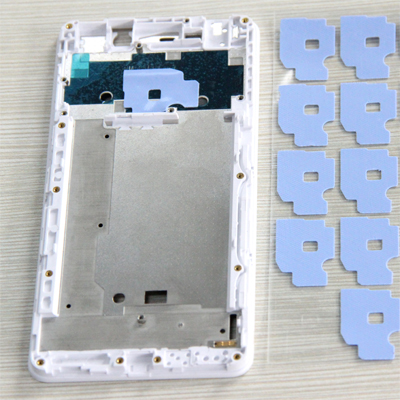Under normal circumstances, a smartphone will generate heat when it is running, and the heat-generating parts are mainly concentrated in the chip, each processor, and the battery. The internal space of the smartphone is limited, and the heat is not easy to dissipate to the outside. Usually, the cooling components on the back of the phone are naturally For heat dissipation, it is necessary to build a sound heat dissipation system reasonably.

At present, the heat dissipation methods of smartphones are mainly graphite heat sinks, metal back heat dissipation, and heat pipe heat sinks. Although they have different working principles, their purpose is to actively conduct excess heat from the heat source to the heat dissipation components, thereby reducing the temperature of the mobile phone. No matter what kind of heat dissipation method is used, the problem of poor heat conduction between the heat dissipation component and the heat source must be dealt with.
In the field of thermal management, there is a gap between the heat source and the heat dissipation component in the electronic device. When the heat is conducted between the two, the air will provide resistance and reduce the heat conduction speed between the two. Therefore, a thermal interface material will be used to fill the heat source and the heat dissipation component. gap, so as to reduce the contact thermal resistance and improve the heat dissipation effect. Thermal interface materials are widely used in the heat dissipation of smartphones. Thermal interface materials such as thermal pad, thermal gels, thermal greases, and thermal phase change films are widely used in smartphone heat conduction. Used when solving problems.

 English
English
 usheenthermal
usheenthermal



